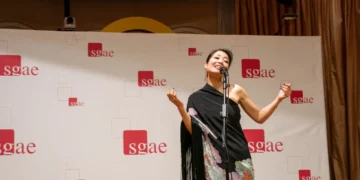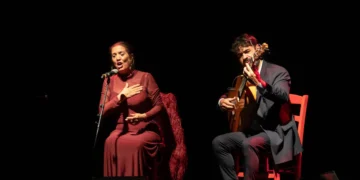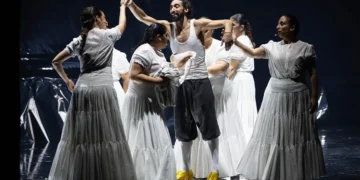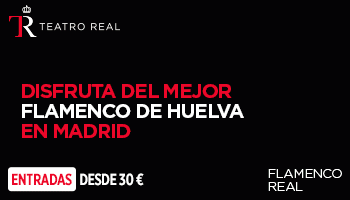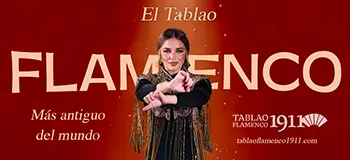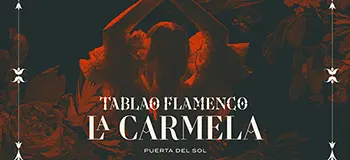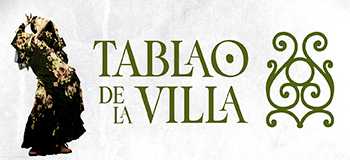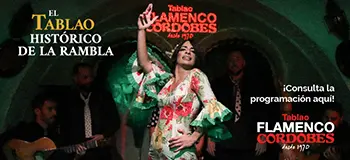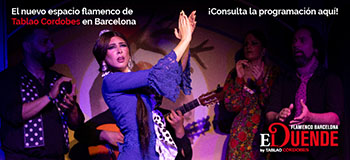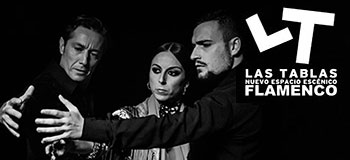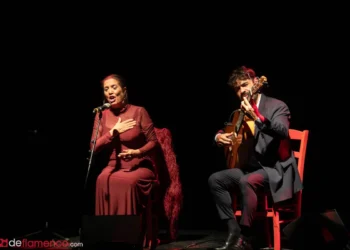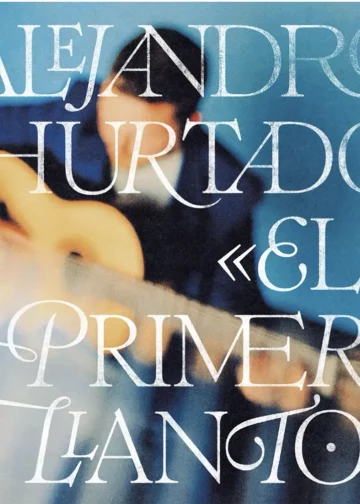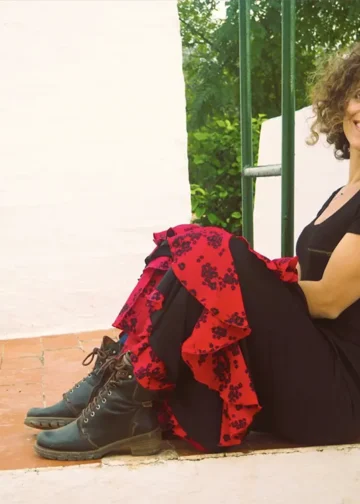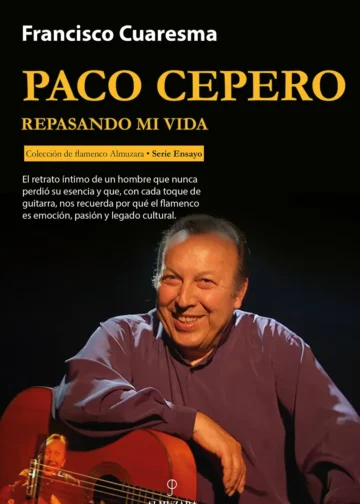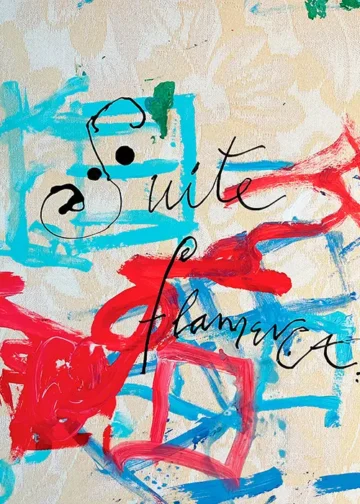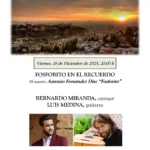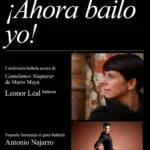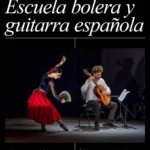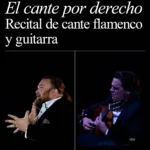
|
SUMA FLAMENCA
Corral de la Morería. Madrid May 24th, 2007 |
|
RICHTER LLEGÓ AL FINAL Cante: Fernando Terremoto. Text: Manuel Moraga Ancestral sounds fill the air of Madrid’s dean of tablaos. The setting and circumstances couldn’t be more flamenco. Nor the hour: the recital of the great Terremoto’s offspring was scheduled for half past midnight, one of the many delights Madrid is offering these days thanks to the second edition of the Suma Flamenco Festival. An odd ambience took shape at the Corral de la Morería, a mix of tourists (euphemism for foreigners) and hardcore flamenco fans from Spain’s capital. Awaiting the beginning of the show, with that yellowish light, beneath the traditional Castillian lamps and the aged wooden beams, having before me the legendary group that occupies the stage at the Corral and remembering that Fernando Terremoto sings for Israel Galván in “Edad de Oro” [Golden Age], the image of old cafe cantantes from the beginning of the twentieth century came to mind, those places where flamenco starting maturing once the first yeast had risen. Many paintings depicting the era could have been inspired in a place such as still offered by Corral de la Morería. Fernando Terremoto has one of the darkest voices to be found among flamenco singers of our time. Considering the combination of elements (son of a legendary singer, born in Jerez, knowing how to play guitar and his insider’s knowledge of cante), it’s only natural to expect high density art. And that’s exactly what there is. But not each and every night is perfect, just as not all bullfighters have a good day. He began warming-up, trying out his voice and finding himself with bulería por soleá.It didn’t quite gel. Then he went on the malagueña of Mellizo, but in the second cante, the so-called “grande”, he took an easy route. Terremoto kept searching within himself, and the following rehearsal was bulerías, “to freshen things up” he commented. “Now let’s see what happens!” he announced before the siguiriyas. And that was where he seemed to see the light, especially towards the end.Another story entirely was the tientos and tangos where Fernando Terremoto managed to pull it all together.He felt at ease, and in that state of mind everything began to flow. He then triggered the first really energetic applause of the evening. More would follow, for example as a reward for his fandangos, and above all, his generosity with Jerez-style bulerías, sung standing and with the insertion of his dance bits.The encore was more of the same. It’s a welcome experience to enjoy flamenco in small venues that don’t require amplification for the voice or guitar. Technology intervenes in the development of an art-form and conditions vocal techniques and delivery. Flamenco specialization makes it difficult to hear top-flight voices in an acoustic venue such as this. It’s probably my imagination, but in that classic setting and under natural conditions (voice against wood and stone), I thought I noticed how the Corral de la Morería went up a notch in strong traditions with the black sounds of a Terremoto who only managed to jiggle the Richter in the last third of his performance.
|
Descubre más desde Revista DeFlamenco.com
Suscríbete y recibe las últimas entradas en tu correo electrónico.





